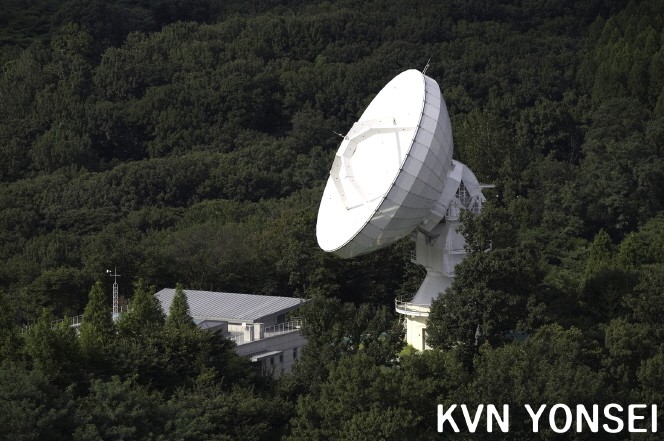
-
Beijing 50m (China)
photos/beijing.pngLocation of the Beijing 50 m antenna is Miyun city which is situated at northeast of Beijing. This is the largest radio antenna in China at 2011. The antenna operates by the National Astronomical Observatory in China (NAOC) since 2006.
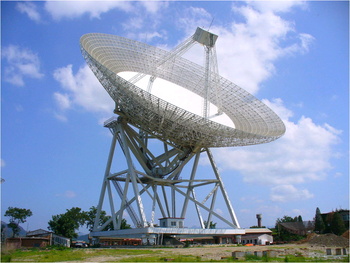
-
Ceduna 30m (Australia)
photos/ceduna.jpgThe Ceduna 30 m antenna is located at Ceduna town in the West Coast region of South Australia. The antenna is operated by the University of Tasmania since 1995.
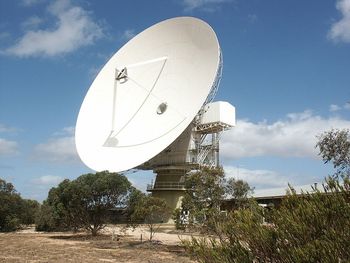
-
Gifu 11m (Japan)
photos/10.jpgThe Gifu 11 m antenna is located at the Gifu University and the Gifu prefecture islocated in the Chubu region of central Japan. The antenna operated by the Gifu University since 2002. This antenna used to be operated by the NICT and then it was transfered to the Gifu University at 2001 after finishing the project of NICT.

-
Hartbeesthoek 26m (South Africa)
photos/hartbeesthoek.jpgThe Hartbeesthoek 26 m antenna is located in the Hartbeesthoek which is 50 km west of Johannesburg, South Africa. The antenna is operated by the Hartbeesthoek Radio Astronomy Observatory (HartRAO). This antenna is also a member of EVN.
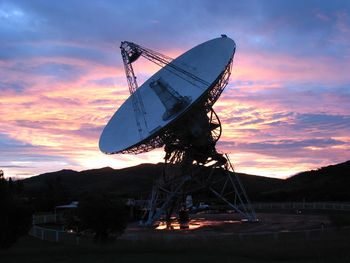
-
Hobart 26m (Australia)
photos/hobart.jpgThe Hobart 26 m antenna is located in the Mount Pleasant Radio Observatory which is situated at 20 km east of Hobart. Hobart is the capital of the Australian southern island, state of Tasmania. This antenna was built in 1965 by NASA and operated by the University of Tasmania since 1986.

-
Ibaraki 32m x 2 (Japan)
photos/ibaraki.jpgIbaraki 32 m antennas is located at north of Ibaraki prefecture which is near Tokyo. There are two 32 m radio antenna, the name is HITACHI and TAKAHAGI antenna. These antenna used to be operated for satellite communication by the KDDI. After the KDDI operation was finished, the Ibaraki Unisersity operates these two antennas for astronomy since 2007.
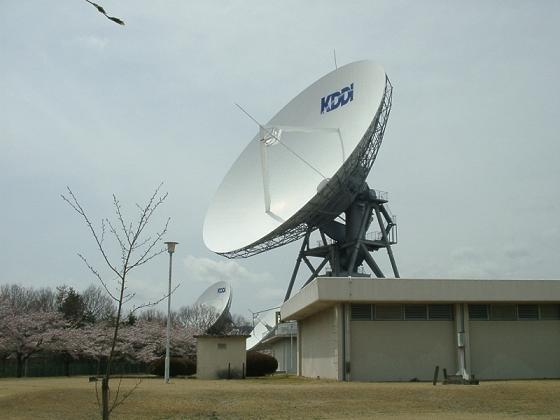
-
Ikiri 20m (Japan)
photos/ant_irikiki1.jpgThe Ikiri 20 m antenna is located at 20 km of Kagoshima city. The Iriki antenna is one of the VERA arry and is operated by the Kagoshima University and National Astronomical Observatory of Japan (NAOJ) since 2002. There is an optical/infrared antenna with a diamter of 1 meter in the same site which is also operated by the Kagoshima University.
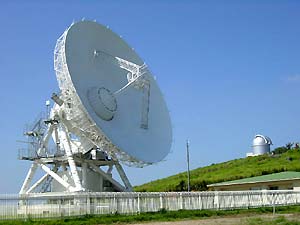
-
Ishigaki 20m (Japan)
photos/ant_ishigaki1.jpgThe Ishigaki 20 m antenna is located at Ishigaki Island which is one of the most western islands in Japan. The antenna is one of VERA array and operated by the NAOJ since 2002. There is also an optical/infrared 1.05 meter antenna in the island which is also operated by the NAOJ. The "Southern star festival" is held in this island at every summer, it is one of famous star festivals in Japan.
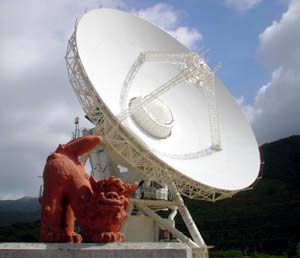
-
Kashima 34m (Japan)
photos/11.jpgKashima 34 m antenna is located at south of Ibaraki prefecture which are near Tokyo. This antenna is one of first astronomical VLBI station in Japan. The antenna is operated by the National Institute of Information and Communications Technology (NICT). Kashima is famous for a home town of Japanese professional football team, Kashima-Antlers.

-
Kunming 40m (China)
photos/kunming.pngKunming 40 m antenna is located at Kunming city which is a capital of Yunnan Province in Southwestern China. The anntena is operated by the Yunnan Astronomical Observatory since 2006.
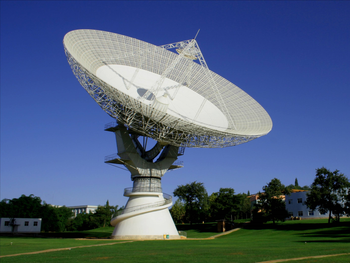
-
Mizusawa 20m (Japan)
photos/ant_mizusawa1.jpgThe Mizusawa 20 m antenna is located at Oshu city is the second largest city in Iwate Prefecture. The antenna is one of VERA array and operated by the Mizusawa VLBI Observatory (NAOJ) since 2002. There is the Array Operation Center (AOC) of VERA in the Mizusawa Observatory. There is also 10 m radio telescope which was one of the Japanese VLBI network until 2002.
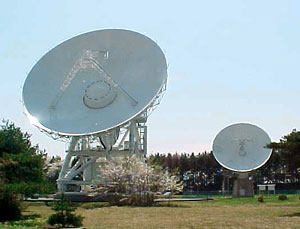
-
Mopra 22m (Australia)
photos/13.jpgThe Mopra 22 m antenna is located at the Warrumbungle Mountains near Coonabarabran, about 450 km north-west of Sydney. The antenna is part of the Australia Telescope National Facility (ATNF) and is operated by the Commonwealth Scientific and Industrial Research Organisation (CSIRO).

-
Narrabri 22m (Australia)
photos/12.jpgThe Australia Telescope Compact Array (ATCA), at the Paul Wild Observatory, is an array of six 22-m antennas. The ATCA is located at about 25 km west of the town of Narrabri which is located from 500 km northwest of Sydney. The antennas is operated by the CSIRO. The ATCA is also used for the connected radio interfefometer.

-
Ogasawara 20m (Japan)
photos/ant_ogasawara1.jpgThe Ogasawara 20 m antenna is located at the Father Island in the Ogasawara archipelago which is 1,000 km south of Tokyo. The antenna is one of the VERA array. Because there is no airport in the Ogasawara archipelago, visitors should take a ship from Tokyo and the trip takes around 26 hours.
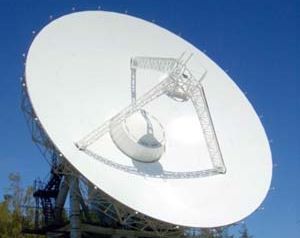
-
Parkes 64m (Australia)
photos/parkes.jpgThe Parkes 64 m antenna is located at 20 km north of the town of Parkes in New South Wales which is located in the south-east of Australia. The antenna is operated by the CSIRO. This antenna played a role in receiving signals from Apollo 11 and broadcasting the moon landing. This story was made into a nice film, "The Dish" at 2000.
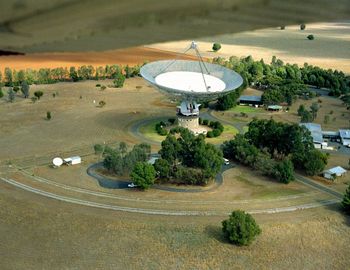
-
Shanghai 25m (China)
photos/shanghai.pngThe Shanghai 25m antenna is located at west of Shanghai city which is one of the big city in China.
The antenna built at 1985, it was the first big radio antenna in China and the oldest VLBI station in China. The antenna is operated by the Shanghai Astronomical Observatory and a member of the EVN.

-
Tamna 21m (Korea)
photos/tamna.jpgThe Tamna 21 m antenna is located at Jeju Island which is located at south of Korea. The antenna is one of the KVN (Korean VLBI Network) and operated by the Korea Astronomy and Space Science Institute (KVN). The antenna was built at 2008 which is one of the newest radio telescope in the EAVN.
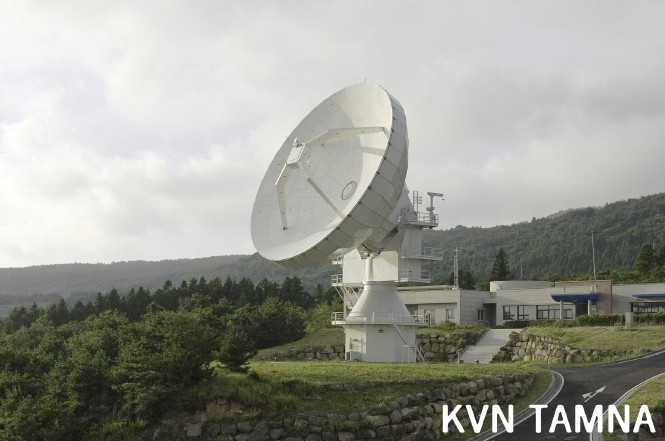
-
Tidbinbilla DSS-43 70m (Australia)
photos/tidbinbilla.jpgThe Tidbinbilla DSS-43 70 m antenna is located near city of Canberra. There is another antenna, DDS-34, of which diameter is 34 m. The antennas are operated by the Canberra Deep Space Communication Complex, part of NASA's Deep Space Network.
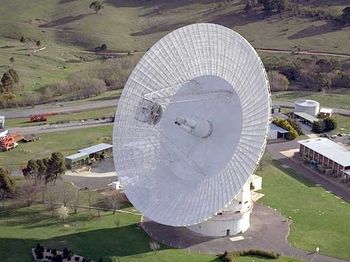
-
TRAO 14m (Korea)
photos/trao.jpgThe TRAO (Taeduk Radio Astronomy Observatory) 14 m antenna is located at Daejeon city which is located at center of Korea. This antenna is millimeter wavelength telescope and a part of KVN. The antenna is operated by the KASI.
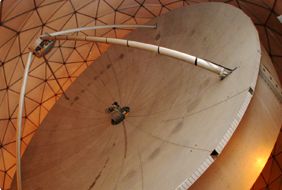
-
Tsukuba 32m (Japan)
photos/tsukuba.jpgThe Tsukuba 32 m antenna is located at Tsukuba-city which is south of Ibaraki Prefecture. The antenna is operated by the Geospatial Information Authority of Japan (GSI) and the University of Tsukuba. The antenna was built at 1998.
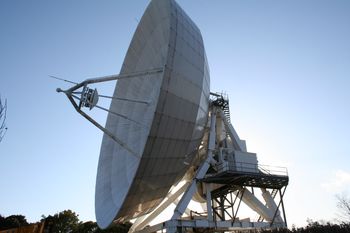
-
Tomakomai 11m (Japan)
photos/9.jpgThe Tomakomai 11 m antenna is located at Tomakomai city which is south of Sapporo city in Hokkaido. The antenna is operated by the Hokkaido University since 2002. This antenna used to be operated by the NICT and then it was transfered to the Gifu University at 2001 after finishing the project of NICT.

-
Ulsan 21m (Korea)
photos/ulsan.jpgThe Ulsan 21 m antenna is located at Ulsan which is south-east of Korea. The antenna is one of KVN and operated by KASI. The antenna was built at 2008.
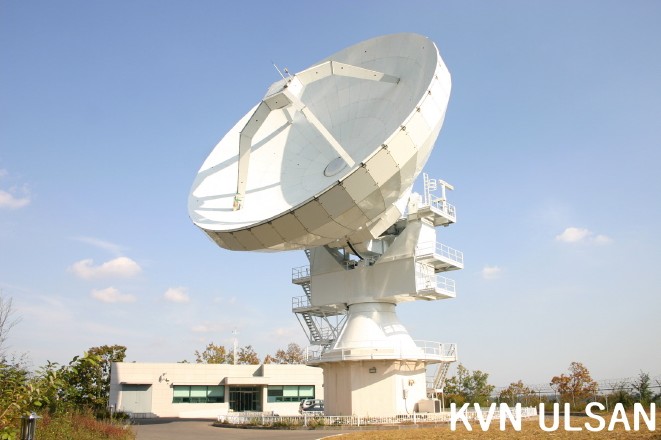
-
Urumqi 25m (China)
photos/urumqi.pngThe Urumqi 25 m antenna is located at Nanshan which is near Urumqi city. The Urumqi is the capital of Xingjiang Uyghur Autonomous Region of China. The antenna is operated by the Urumqi Observatory and a member of European VLBI Network (EVN).
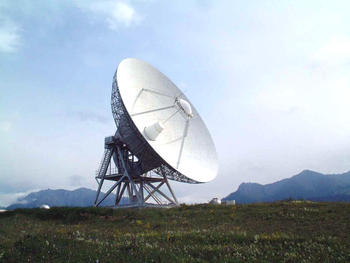
-
Usuda 64m (Japan)
photos/usuda.pngThe Usuda 64 m antenna is located at Usuda, Nagano prefecture, which is near the Nobeyama Radio Observatory. The antenna is operated by the Japan Aerospace Exploration Agency (JAXA) since 1984. The antenna is the largest radio telescope in Japan. The antenna operates a communication to satellites, sometimes carries out single dish and VLBI astonomical observations.
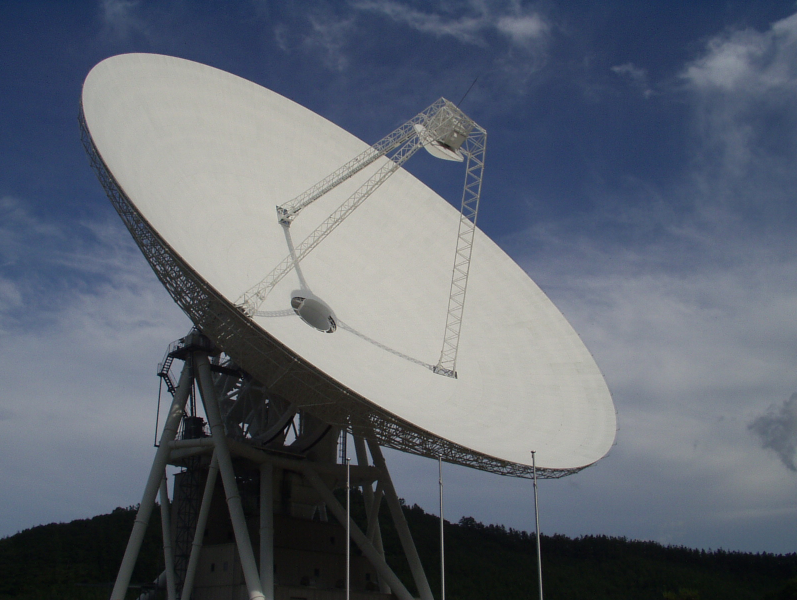
-
Warkworth 12m and 30m (New Zealand)
photos/Warkworth_Radio_Telescope12.jpgThe Warkworth 12m radio telescope was constructed in 2008 and it is a part of the LBA. There is another radio telescope (diameter of 30m) which was used for satellite communications. From November 2010, this anntena uses as a radio telescope. Both 30m and 12m radio telescopes are operated by the Institute of Radio Astronomy and Space Research, AUT University.
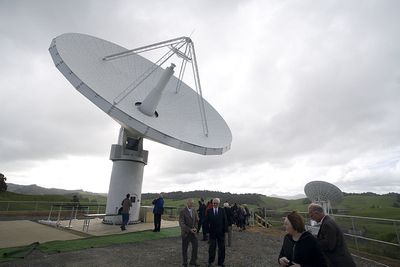
-
Yamaguchi 32m (Japan)
photos/yamaguchi.jpgThe Yamaguchi 32 m antenna is located near Yamaguchi city, west of Japan. The antenna is operated by the Yamaguchi University. These antenna used to be operated for satellite communication by the KDDI. After the KDDI operation was finished, the Yamaguchi Unisersity operates the antenna for astronomy since 2002.
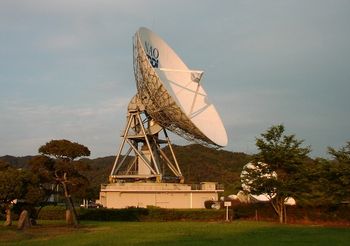
-
Yonsei 21m (Korea)
photos/yonsei.jpgThe Yonsei 21 m antenna is located at the Yonsei University in Soul, Korea. The antenna is operated by the KASI and there is the KVN headquarter in the Yonsei University. This antenna is one of the KVN and built the earliest than other KVN antennas.
